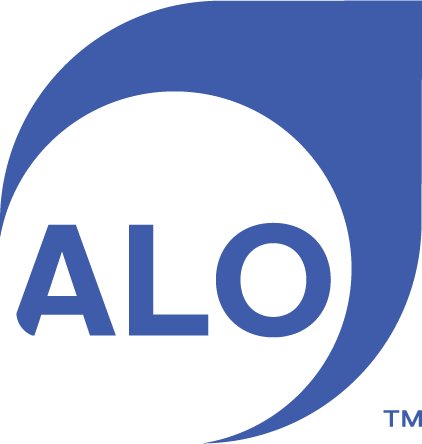Primary Care Innovation Made Possible With Population Health
When Benjamin Franklin famously said to Philadelphians that “An ounce of prevention is worth a pound of cure,” his advice was meant to encourage fire prevention. But he might as well have been referring to healthcare, and specifically, to the spirit of what we now call population health.
The essence of population health - improving health outcomes for groups of people - goes to the heart of primary care. In fact, primary care holds the key to enhancing population health outcomes. Primary care clinicians play a crucial role in managing chronic diseases and promoting preventive care.
While not easy, it’s entirely possible for primary care practices to turn population health into a catalyst for innovation, despite the operational challenges that come with it.
Moving to Value
A good starting place for physician practices wanting to go deeper in population health is to consider where they are on the continuum from fee-for-service to value-based care.
Value-based care provides reimbursement mechanisms that tie payments to the quality of care.
Meanwhile, population health aims to improve clinical outcomes for a defined group. Both represent a shift in how the government and commercial payers pay providers. While fee-for-service is still a prevalent method of reimbursement for healthcare services, fee for “value” is becoming increasingly common.
Building consensus around what value is presents some challenges. Frequently used frameworks involve a combination of health outcomes measured by quality metrics over cost to define value. The idea is that improving quality metrics, such as cancer screenings or management of patients with diabetes, will create a ripple effect in reducing healthcare costs. Replacing a reactive system rooted in risks related to patient volume volatility with one that rewards implementation of best clinical practices carries a promise of reduced costs.
It’s a noble endeavor, but operationalizing population health faces some inherent barriers. Our healthcare system is often fragmented with little shared data. With fee-for-service still dominating reimbursements, many providers struggle with administrative burden of population health and value-based care.
How It Works at Alo and Avance Care
Alo and Avance Care apply our healthcare industry experience and knowledge to help practices leverage the benefits of value-based care without creating extra burdens for care teams. Our vision of primary care allows independent providers in North Carolina to stay independent. With our support, providers can focus on practicing medicine while participating in value-based care.
One of the primary sources of support comes in the form of additional care team members. Physicians often wish they could spend more time with complex patients. Alo and Avance Care help elevate the care through assistance of support staff, such as dieticians and mental health professionals, as well as team members trained in chart reviews and data extraction.
The notion of team-based care is essential to succeeding in value-based care. Traditional approaches to primary care revolve solely around a provider-patient relationship. Relying on this model will make it difficult to prosper in value-based care. Providers remain the captains of the team but must accept help. A recent study published in the Journal of General Internal Medicine found that providers would need almost 27 hours per day to follow all preventive, chronic and acute care guidelines for an average patient population. Changes in the practice environment need to involve a team-based approach to minimize negative consequences of the workload.
Another challenge Alo and Avance Care help overcome is proactive patient outreach. Population health relies on organizations knocking on patients’ doors in addition to patients contacting their care teams. Independent providers often lack the time to stratify patients into relevant risk groups and tailor the outreach appropriately. Our methods bridge the gap by offering care management and coordination services to patients across the wellness spectrum, from calling individuals in need of a physical to providing longitudinal support to patients with chronic conditions.
This proactive approach involves constant communication not only with patients, but also payers. Frequent changes in health plans mean that a current insurer needs to be made aware of health maintenance items that a patient completed. The resulting cycle of chart combing and updating payer portals is no small task. We share the administrative burden with providers, thus freeing up valuable time to spend with patients.
Independent practices have more opportunities than ever to deploy strategies that cultivate primary care transformation through population health. As the healthcare industry continues its transition from fee-for-service to value, there’s never been a better time to go deeper in population health.
Malwina Zastawna is associate director of population health at Alo and Avance Care.

